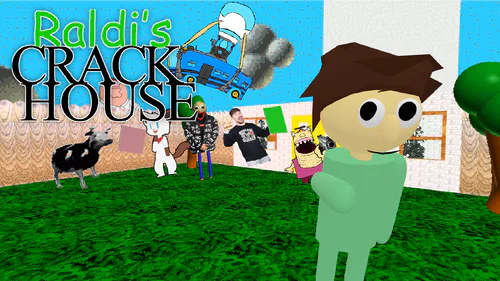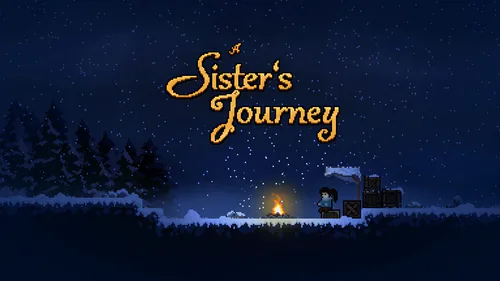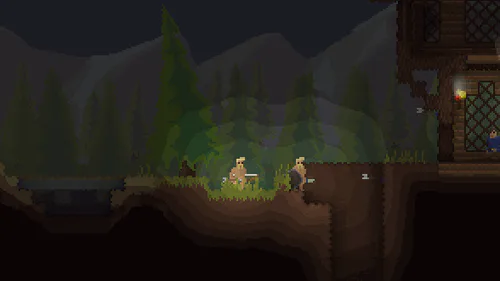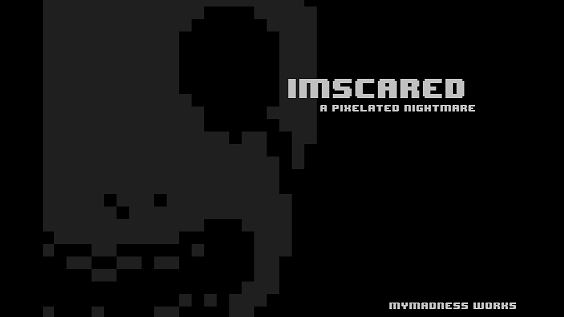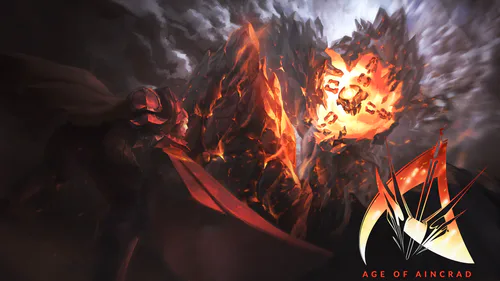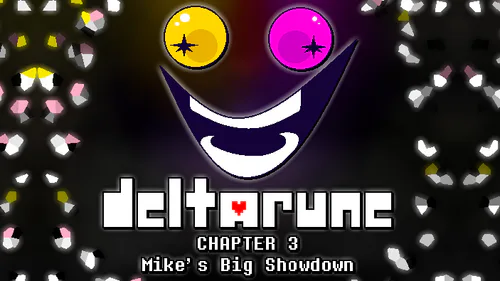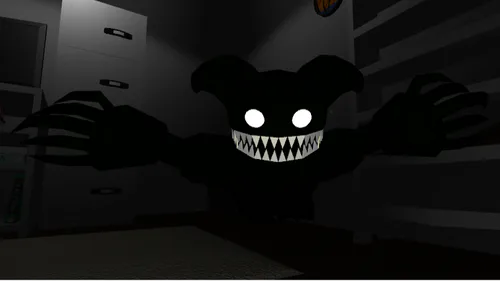
Comments
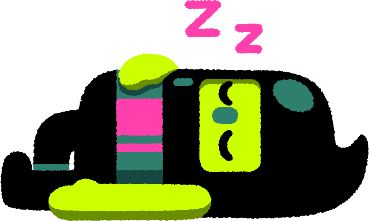
Setting:
A constantly shifting and surreal dreamworld where reality is fluid, and the environment changes unpredictably. The dreamscape could feature a mix of bizarre landscapes, including twisted versions of familiar places (e.g., a house with impossible architecture, endless hallways, floating islands, or a distorted cityscape).
Plot:
The player finds themselves trapped in a dreamworld that defies logic and normalcy. They are guided by enigmatic whispers that both offer clues and create confusion. As they navigate through various dreamscapes, they encounter nightmarish entities and unsettling phenomena that challenge their perception of reality.
Gameplay Mechanics:
Shifting Realities:
The dreamscape changes in response to player actions or randomly. Environments might shift from a serene garden to a nightmarish abyss without warning.
The player might need to solve puzzles or manipulate elements within the dream to stabilize parts of the dreamscape temporarily.
Psychological Challenges:
Use shifting environments and distorted perceptions to create tension. For example, pathways might appear and disappear, or familiar objects might take on sinister forms.
Incorporate sanity mechanics where prolonged exposure to the dream’s horrors affects the player's mental state, altering their perception and gameplay.
Whispers and Guidance:
The "Shadow Whisper" could be a voice or presence that gives cryptic advice, misleading hints, or taunts. These whispers could come from both helpful and malevolent sources.
Players might have to discern which whispers to trust and which to ignore, adding a layer of psychological intrigue.
Nightmarish Entities:
Populate the dreamscape with unsettling creatures or manifestations that embody various fears or psychological themes. These entities could stalk the player, forcing them to navigate the dreamscape carefully.
Encounters with these entities could involve stealth, puzzle-solving, or avoiding traps.
Dream Logic Puzzles:
Create puzzles that play with dream logic, such as manipulating the environment in impossible ways or solving riddles that defy conventional reasoning.
Players might need to interact with dream objects or symbols that have shifting or symbolic meanings.
Story and Themes:
Develop a narrative that explores themes of fear, desire, and the subconscious. The player's journey could uncover personal or universal fears manifesting within the dreamscape.
The ultimate goal might be to confront a core fear or to find a way to awaken, revealing the reason behind their entrapment in the dreamworld.
Visual and Audio Design:
Visuals: Use surreal and abstract visuals to create an unsettling atmosphere. Play with lighting, colors, and perspective to enhance the dreamlike quality of the environment.
Audio: Incorporate a haunting and ethereal soundtrack with ambient sounds and distorted whispers. The audio should enhance the sense of disorientation and unease.
Endgame:
The climax could involve a confrontation with the entity or force that controls the dreamscape, revealing the truth behind the whispers and the player's entrapment.
The resolution might offer multiple endings based on the player's choices and actions throughout the game, reflecting different interpretations of their journey through the dreamscape.
